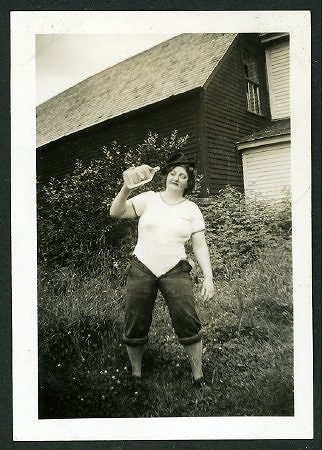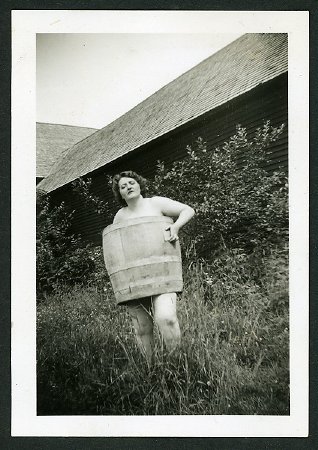Schwarz
View current page
...more recent posts
"These days, when he’s not hanging out with Brad Pitt or posing for American Express ads (give the guy a break; he deserves a little fun now and then), Frank Gehry might be practicing to sound more like, well, Frank Gehry. We hear the architect is set to make a cameo appearance, as himself, on an episode of The Simpsons this upcoming season. While Gehry’s rep could not provide specifics, we understand that, despite that institution’s interest in the location (as well as everywhere else), Gehry will not be designing a Guggenheim for Springfield."
from the architects newspaper via selma
pods, monsters, blobs, gimmicks and computer-aided design
Few architects have transform their cities so much for the better as the stonemason-turned-architect Andrea Palladio did in Venice 500 years ago. It is hard to turn one's back on this city-on-water, basking in the summer sunshine, and plunge into the largely obscurantist national pavilions and dark dockyard exhibition venues of the ninth Architecture Biennale. Not least because the theme of this year's show is metamorphosis: how contemporary architecture is bursting out of the chrysalis of rectlinear (Palladian) design into something more fluid.
small house 1 week course at shelter institute
alone in the wilderness
"In 1968, Richard Proenneke (1917–2003) chose an idyllic site at Twin Lakes in Alaska's Lake Clark National Park, cut trees, built a log cabin, and became a self-sufficient craftsman, making what was needed from materials available. He recorded his observations there for almost 30 years, until 1995. This program follows Proenneke's day-to-day explorations and the activities he carried out alone, as well as the chain of nature's events that kept him company."


A $25 million restoration is under way at the Darwin D. Martin House, part of a red-brick Prairie-style complex that rose in 1905, a year before the Larkin office building was completed. Already workers have torn down a boxy apartment building that was shoehorned into the Martin House site in 1962 and have patched the house's masonry.

hidden looney tunes gags
"It is a nomadic project for in- and outdoors,
that’s why I had to think about a power supply
which doesn't make use of domestic electrical power.
I got the hint from a traditional japanese lamp,
which is called CHOCHIN - a portable lamp,
used with a candle in the EDO period.
in my work, the candle flame changes into a LED,
the candle wax to lithium cell and the paper shade to a
standard rubber balloon... arigato! ‘
says the japanese music artist BEKKOU aka kouichi okamoto. ’the LED does not generate heat like other lights sources,
such as incandescent lamps. that’s why LEDs do not need
air circulation. the LED gives bright illumination and the balloon
creates a diffuse light.’

warhol foundation apologist
"It was not very long ago -- three years to be precise -- that the debate over the future of Ground Zero began to coalesce around several distinct ideological camps. The discussion was dominated by two prominent architecture critics, Herbert Muschamp of The New York Times and Paul Goldberger of The New Yorker. Goldberger was consistently the wiser, steadier, more informed voice."
The Livable Masterpiece
Buying historical architectural gems, whether homes or skyscrapers, is the latest trend among those with an eye -- and the wallet -- for the fashionable, big purchase.
By Brook S. Mason, Financial Times
"So, for example, in a woodcut by Katsukawa Shunsho from about 1770, a lazy-looking man appears to be snoozing on an outdoor porch, a seemingly uninteresting subject. But this is "Poet Asleep on Balcony" and the bard lies at the compositional nexus between the strong and severe architectural structure that supports his ample body and the cascading flutter of cherry blossoms."
we're working on somthing about big tents and logcabins.
in the pipe

LE CORBUSIER
Stool, 1956/59
Oak wood
43.5 x 33 x 25.5 cm
Pavillon du Brésil, University of Paris

"the first badges were made by eric austin of kensington
CND, using white clay with the symbol painted black.
again there was a conscious symbolism.
they were distributed with a note explaining that in the
event of a nuclear war, these fired pottery badges
would be among the few human artifacts to survive
the nuclear inferno."
